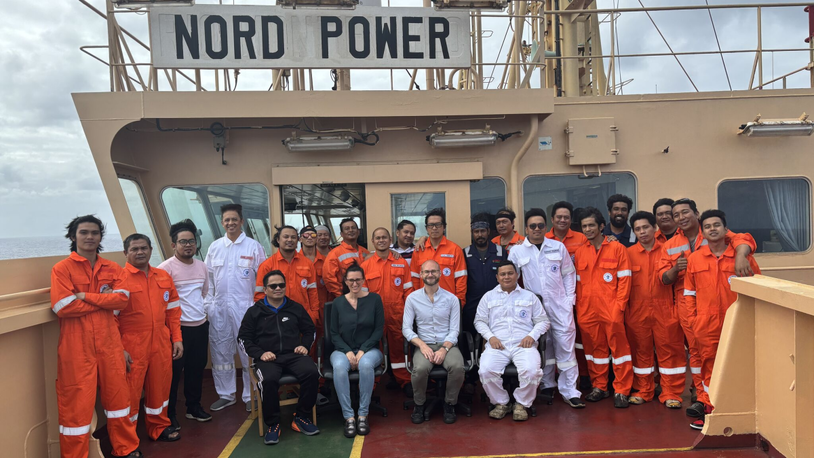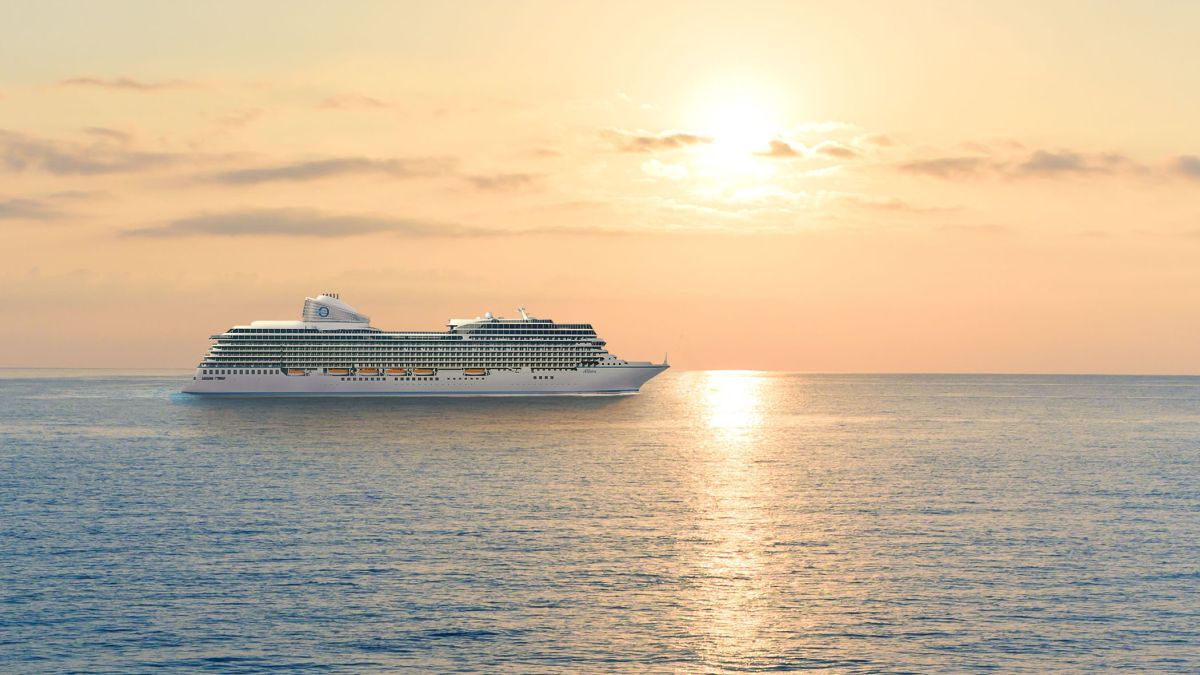Business Sectors
Events
Contents
Register to read more articles.
New passenger ship technology: trials and triumphs
Passenger shipping’s move to electric hybrid operations is ramping up – and while there are countless benefits, there are also operational challenges to face
Our feature on Uber Boat by Thames Clippers’ new trio of catamarans paints a realistic picture of the triumphs and trials of bringing this new technology into operations. The main challenge is the supply chain is still so new for this ‘test bed’ technology.
As the company’s chief executive Sean Collins explains, “The biggest challenge we have had is the supply chain and getting all the mechanical and electric components talking to each other. With this, we have probably got it [the supply chain] 80% right and the other 20% has been a fact-finding mission.”
The other challenges include interfaces between the motor and the battery. Nevertheless, the company has ironed out issues and applied lessons learned to its newest catamaran, Mars Clipper, and since it came into service, there has hardly been any downtime.
Our second ferry profile, on CMA’s new battery-hybrid vessel Isle of Islay, also highlights the importance of growing experience and applying lessons learned with technology.
CMAL is the first in the world to use batteries on ferries. The Scottish operator has learned lessons from its existing hybrid ships and now has a lot of information about how batteries perform.
P&O Ferries is also leading the way with its duo of electric hybrid ferries on the Channel. P&O Pioneer and P&O Liberté have recently joined its fleet. At Riviera’s Maritime Decarbonisation, Europe: Conference, Awards & Exhibition, held in September 2024, P&O Ferries fuel and energy efficiency programme manager Martin O’Rourke explained collaboration is important, and training crew on the new systems is crucial.
“The captain now has one engine and a bank of batteries, so the skill set had to change. It is a massive challenge for people on board and they are doing an extremely good job,” he said.
However, there are benefits. P&O Ferries is using data and technology and sharing figures across its crew. This transparency helps them to be as efficient as possible.
As well as battery use increasing in the passenger ship sector, LNG is also continuing to grow, with operators using it as a bridge to decarbonisation. For example, Margarita Salas is the 11th Baleària vessel to be equipped with dual gas engines. The company highlights how this “versatile technology allows us to sail with different fuels, such as natural gas today or CO2-neutral renewable sources in the future”.
Over on the cruise side, LNG is also progressing. Our cruise profile highlights Ilma, the first vessel of The Ritz-Carlton Yacht Collection to deploy LNG dual-fuel propulsion. The company highlights how LNG is a good way to future-proof vessels, with its vice president, newbuild, explaining, “During Ilma’s lifecycle, we are optimistic and believe the supply chains of sustainable fuels will continue to expand, but there is uncertainty on what type of sustainable fuel will be available to us, whether various forms of biofuels or synthetic e-fuels, and the type of sustainable fuel may vary according to the area of operation.”
By installing an LNG system on Ilma, the company is increasing its flexibility.
Riviera’s Maritime Hybrid, Electric & Hydrogen Fuel Cells Conference 2024 will be held in Bergen, Norway, 29-31 October 2024. Click here for more information on this industry-leading event.
Related to this Story
Events
Maritime Environmental Protection Webinar Week
Cyber & Vessel Security Webinar Week
The illusion of safety: what we're getting wrong about crews, tech, and fatigue
Responsible Ship Recycling Forum 2025
© 2024 Riviera Maritime Media Ltd.












